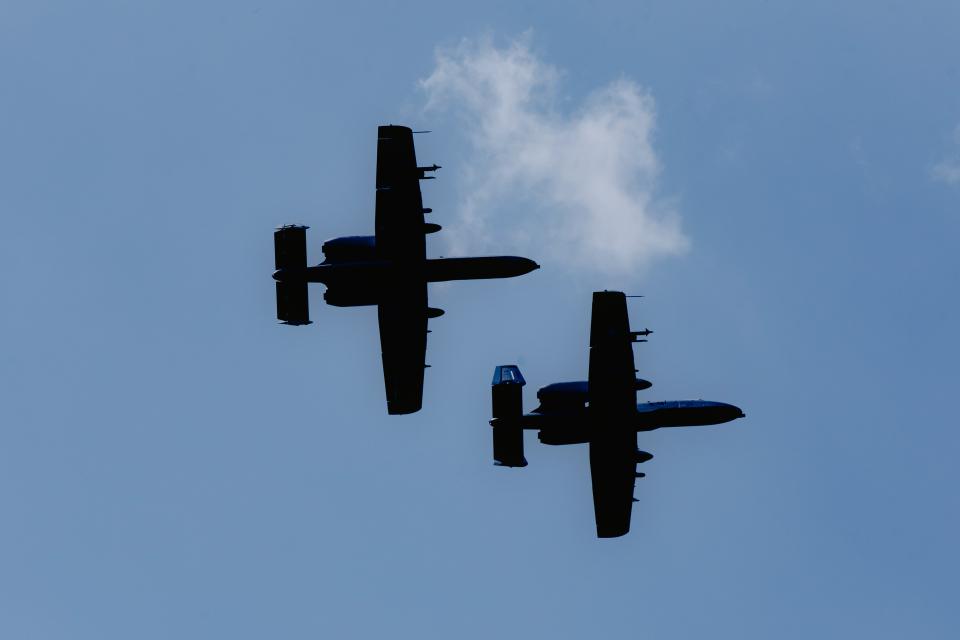According to the Minister of Defence Hanno Pevkur Hanno Pevkur is an Estonian politician. , following the government’s budget negotiations, a decision has been made to allocate funds to mid-range air defence that will allow an operational system by 2025.
“Mid-range air defence was one of my priorities and I am very glad that the government coalition is paving the way for establishing functional mid-range air defence capabilities for Estonia by 2025,” said Minister of Defence Hanno Pevkur Hanno Pevkur is an Estonian politician. . “This is a big step forward towards filling this critical capability gap.”
The mid-range air defence investment will be spread over 2024-2027. To ensure that Estonia has functional mid-range air defence capabilities by 2025, the procurement contract has to be signed by Q1 2023 at the latest, and the first systems should arrive in Estonia by 2024. The exact volume of the investment will be determined at the end of the procurement process.
“The cost of these capabilities will include the air defence system, as well as the necessary infrastructure, personnel, training, equipment and other related costs. We are aiming for the best terms with this procurement, which is also why we can speak more concretely about the numbers and volumes once the process is at the end. I can say that this sum is in the hundreds of millions of euros,” said Pevkur.
The mid-range air defence procurement will be done in cooperation with Latvia. At the NATO summit in Madrid, Latvia and Estonia signed a protocol of intent for the joint procurement. In July, the Estonian Centre for Defence Investment (ECDI) and the Latvian Ministry of Defence signed a joint procurement agreement.
“From a regional security perspective, it is important for these two systems to be interoperable. That allows us to better organise air defence in the region, to reduce costs, and to jointly organise training, stockpiling and logistics,” added Pevkur.
The Estonian Defence Forces have compiled the specifications for these capabilities.
“In procuring the mid-range air defence capabilities, we first and foremost consider military needs. When putting together the technical specifications, we also considered lessons learned from the war in Ukraine. These show that it is important for the systems to be mobile and have sufficient range,” said Deputy Chief of Defence, Major General Veiko-Vello Palm Veiko-Vello Palm is an Estonian Major General of the Estonian Defence Forces. .
The procurement process is headed by the ECDI, which has also conducted comprehensive market research, compiled procurement documents and published the joint procurement with Latvia.
“The mid-range air defence capabilities will include the air defence missile system, radars and command centres, as well as a multitude of other components. This is a mobile missile system, which will allow destroying airborne attackers from at least 30 kilometres away,” explained Priit Soosaar, the ECDI Communications and Radar Category Manager.
In the course of the market research process, the ECDI mapped manufacturers and communicated with six international companies from Norway/USA, UK, England, Germany, France, Israel and South Korea, added Soosaar.
The mid-range air defence systems are effective for neutralising both planes and helicopters, as well as a host of other threats such as UAVs, cruise missiles, and loitering munitions.



